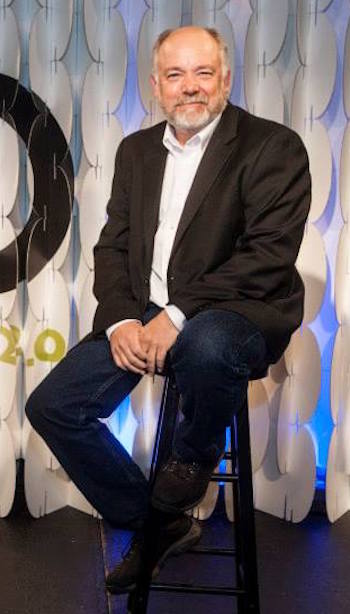ASU EXPECTS ‘TENS OF THOUSANDS’ TO PURSUE COLLEGE CREDIT UNDER THE PROGRAM
The university and its partner are steering clear of making concrete predictions on how many might take advantage of the new freshman entry model. “Any modeling we have done about number of students who will take the courses are guesses on our part,” says Adrian Sannier, chief technology officer for EdPlus at ASU. “We expect to see tens of thousands of students pursue the courses for credit. Our goal is to establish an Internet scale experience that can be sustained by the credit revenue.”
Typically, the completion rate on MOOC courses is woefully low, with just 7% of registered users finishing a course. “When learners put some skin in the game and pay for a certificate, the completion rate is about 60%,” says Agarwal. “By having the option of college credit, we hope to bring in a new cadre of learners. Credit is the ultimate incentive to complete courses. Our hope is we will be able to move the needle on that number.”
Sannier believes the new initiative will appeal to three different segment of the market: high school students, learners who opted not to go to college or dropped out, and international students who want to ultimately study in the U.S. “High school students, both on an individual level and in conjunction with their teachers, will use these courses to establish their readiness for college,” he says.
ASU DOESN’T EXPECT TO CANNIBALIZE ITS EXISTING FRESHMAN YEAR
“Those who interrupted their college journeys but now realize they need a college credential to pursue career options unavailable to them is the second group,” adds Sannier.” Going back to college in your mid-to-latter 20s can be a scary decision so the opportunity to try it before you buy it should be appealing. And then there are a whole bunch of international students who are looking for ways to come to study in the U.S. Having a full year of courses under your belt will be pretty compelling to them.”
Sannier says the freshmen MOOCs will be different from the previous generation of MOOC courses that have largely been taken by students who already have college degrees. ASU will attempt to increase the “level of interaction” in the freshmen courses and make available more “resources for students to succeed.”
One of the biggest advantages of the program, he maintains, is the risk-free nature of it. “If you are under prepared for college when you first go, it is a very big risk for you because you have to put up a substantial amount of money,” he says. “That can be daunting and put students in a wrong mindset when they are learning. This will allow students to go through a course, build confidence, and then pay for the credit with a greater certainty that the experience will be a success. It opens the door to higher education to a broader group of students.”
Sannier doesn’t believe the program will substantially cannibalize the school’s on-campus freshmen class. “We have been through the cannibalization question before when we opened our downtown Phoenix campus,” he says. But what it did was offer another way for students to go to college and it was a growth opportunity for us. And when we started ASU Online four years ago, it was the same thing. We saw the growth in both our residential campus and in ASU online which now has 15,000 students. We know there will be some students who instead of attending ASU for freshman year will instead use the freshman academy. But when they enter our on-campus program, they will come with a stronger likelihood to complete. We believe it will grow the pie.”
DON’T MISS: ONLINE BBAs: BETTER JOB PROSPECTS ANYWHERE, ANYTIME or HARVARD BUSINESS SCHOOL’S ONLINE BIZ PROGRAM FOR UNDERGRADS GOES GLOBAL












Questions about this article? Email us or leave a comment below.